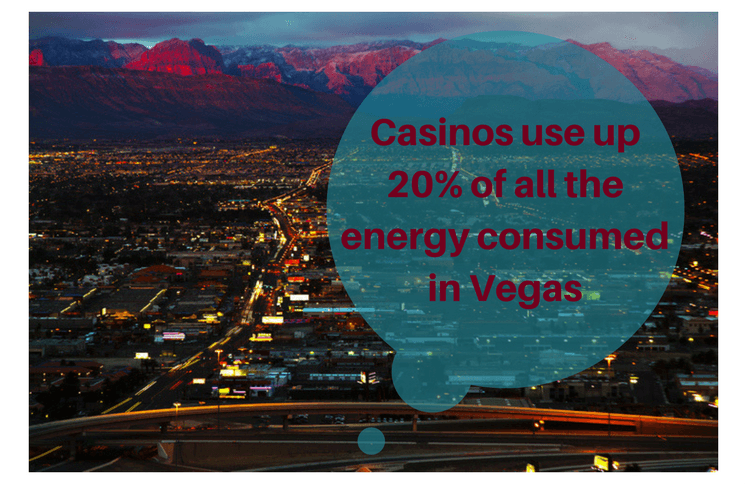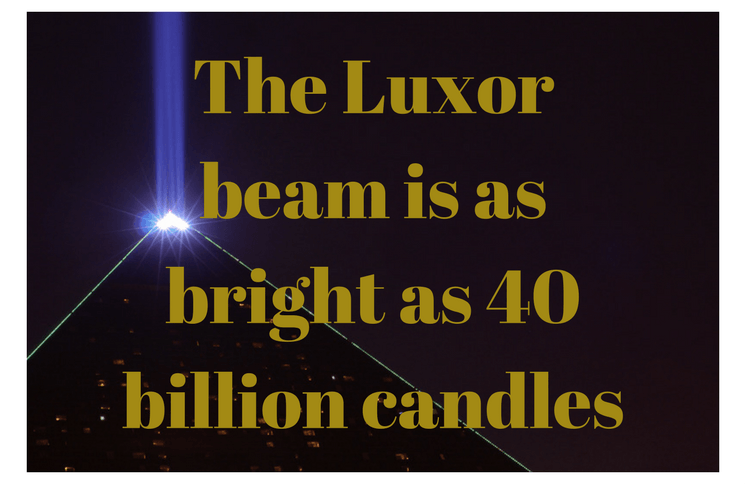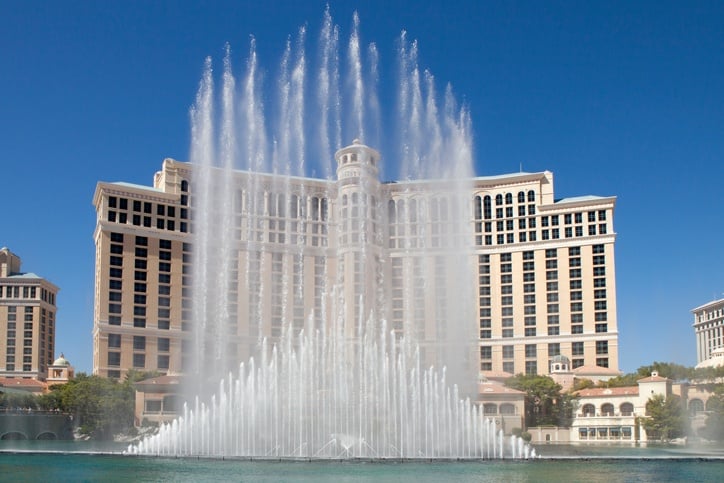The Real Impact of Las Vegas’ Energy Consumption
Las Vegas, renowned as the entertainment capital of the world, is equally famous for its dazzling lights that illuminate the desert night. However, this spectacle comes with a significant demand for energy. Recent discussions have highlighted efforts toward running Las Vegas on renewable energy, but how much electricity does this city truly consume, and what are the biggest contributors to its massive power appetite?
Explore the extent of Las Vegas' yearly power usage and the key attractions and venues that drive its energy requirements.
Separating Fact from Myth: Is Las Vegas Entirely Renewable?
While reports once celebrated Las Vegas as the largest U.S. city completely powered by renewable sources, closer inspection reveals that this only applies to the municipality’s government buildings and facilities. The city as a whole, however, remains highly dependent on conventional energy. Still, understanding the city’s overall electricity demand helps put these green milestones in perspective.
Power Hungry Entertainment: Casinos and Resorts
The extravagant displays, thousands of slot machines, and lively gaming tables require substantial power to keep the action going around the clock. Iconic venues like Caesars Palace, Las Vegas Sands, and the MGM Grand are prime examples, with casinos alone accounting for approximately 20% of Las Vegas’ annual energy usage. Beyond the glitter, casinos are as energy-intensive as the neon light shows for which the city is famous.
The Luxor Sky Beam: Lighting Up the Sky

One of Las Vegas’s most iconic features is the Luxor Beam, an immense column of light rising from the Luxor Resort since 1993. Initially powered by 39 individual 7,000-watt bulbs, today only about half of those lights are illuminated at once, reportedly to reduce both operational costs and light pollution. Regardless, the Luxor Sky Beam still claims the title of the most powerful light on Earth, collectively producing 40 billion candlepower.
Despite rumors that the Sky Beam’s electric bill exceeds $1 million annually, estimates from Luxor’s own engineers suggest a figure closer to $51 per hour-less than half a million dollars per year-to keep this world-famous light shining.
Las Vegas Lights: A City Visible from Space
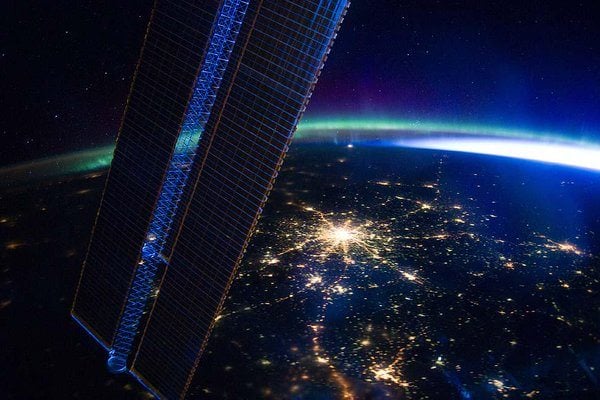
The brilliance of Las Vegas is so intense it can be detected from far beyond the city-and even from space. The Strip’s radiant glow has caught the eye of astronauts orbiting Earth, including Colonel Chris Hadfield, who have photographed Las Vegas’ extraordinary electric signature for the world to see.
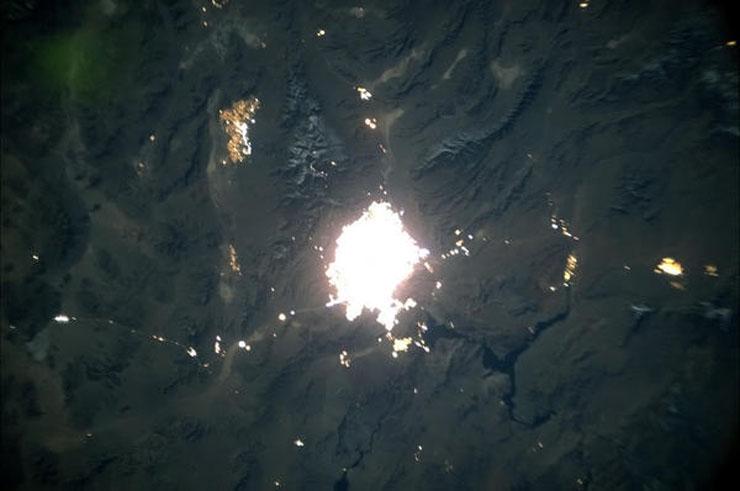
With so much power driving such stunning visuals, it’s no wonder Las Vegas has earned its nickname, the “City of Lights.”
The Energy Behind the Bellagio Fountains
The Fountains of Bellagio are another major energy consumer on the Strip. These world-renowned fountains combine vibrant lighting, thundering music, and precision water jets capable of propelling water up to 245 feet high. Operating the fountain show costs an estimated $5 million annually-a testament to the immense energy required to keep one of Vegas’ premier attractions running.
Fremont Street Experience: Illuminated Entertainment
For those seeking a creative burst of lights, Fremont Street’s legendary rooftop display is a major draw. Originally constructed with 2.1 million light bulbs, Fremont’s illuminated canopy was later upgraded in 2004 to feature state-of-the-art LED technology comprising 12.5 million lights. Along with a revamped sound system now demanding 550,000 watts, it’s one of the world’s most impressive displays of audio-visual power.
Conclusion: The Glittering Cost of Vegas’ Brilliance
Las Vegas’s spectacular appeal is sustained by its insatiable energy consumption. From the world’s brightest beam atop the Luxor pyramid to dancing fountains and neon-lit streets visible from orbit, every iconic Vegas experience comes with impressive power requirements. Although certain city-run buildings boast fully renewable sources, the city’s overall electrical appetite is still heavily reliant on traditional energy. The efforts undertaken for greener power are notable, but the sheer scale of Las Vegas' electricity use remains as larger-than-life as the city itself.

